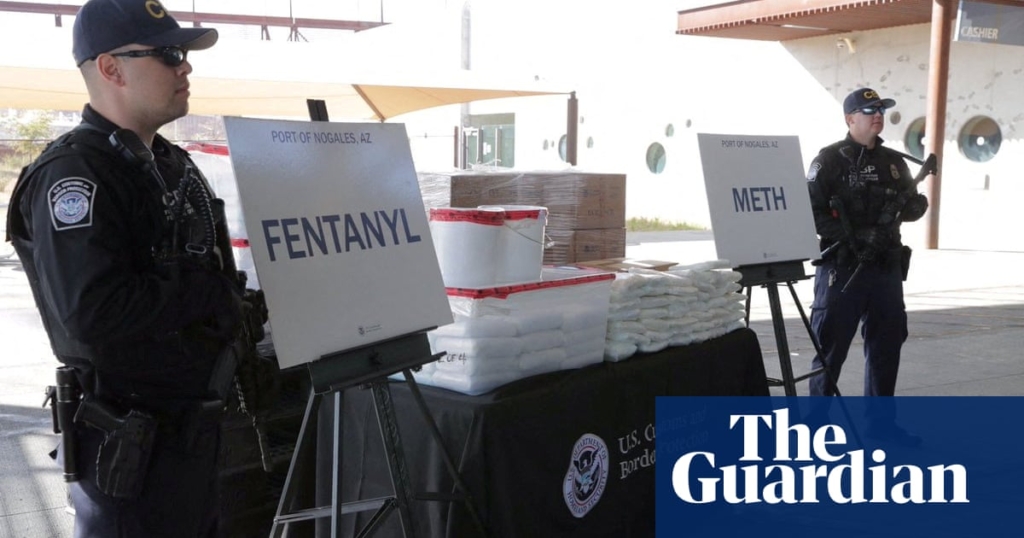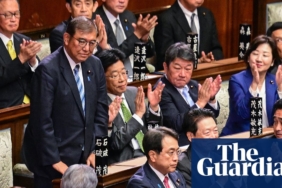What is fentanyl?
Fentanyl is a synthetic opioid that is far more powerful than heroin. Although it has legitimate medical uses for pain management, it is also at the heart of the US opioids crisis. Last year, nearly 75,000 people in the US died from a fentanyl overdose. The White House describes fentanyl as “a scourge that has no geographic or political boundaries” while Vanda Felbab-Brown, a senior fellow at the Brookings Institution, has said that the crisis is the “most lethal drug epidemic ever in human history”.
How much of it comes from China?
Fentanyl started arriving in the US from China about 10 years ago. In 2020, the US Drug Enforcement Administration said that China was the “primary source of fentanyl and fentanyl-related substances trafficked through international mail”. As authorities in the US and China have cracked down on traffickers and criminal gangs, much of that flow has been re-routed through cartels in Mexico. Rather than sending shipments of finished illicit fentanyl directly to the US, drug traffickers and exporters in China send precursor chemicals to Mexico, where they can be turned into fentanyl and sent on to the US.
What has China done to curb the flow of fentanyl into the US?
The 2010s were a bright spot for US-China cooperation on fentanyl. In 2019, at the behest of the US, China scheduled all forms of fentanyl, the only major country to permanently include the drugs on a list of controlled substances. In the US, fentanyl analogues are only temporarily controlled, with the classification set to expire in December 2024.
But in 2022, when the then speaker of the House of Representatives Nancy Pelosi visited Taiwan, Beijing responded angrily by cutting off several channels of communication with the US, including counternarcotics co-operation.
It was only last year, when Joe Biden and Xi Jinping met in San Francisco, that bilateral talks on fentanyl were re-opened. In the past few months, China has been scheduling fentanyl precursors that have been banned internationally, catching up with moves to block the flow of the chemicals that are used to make fentanyl as well as blocking the flow of the drug itself. This would, in theory, make it easier to crack down on drugs traffickers.
China and the US have also agreed to co-operate on tackling money laundering. Chinese and Mexican organised criminal gangs form the financial backbone of the international fentanyl trade.
But China insists that the fentanyl crisis is, at its heart, a problem of the US’s own making. “The root cause of the overdose lies in the US itself, which calls for more effective measures from the US government,” China’s foreign ministry spokesperson, Mao Ning, said last month.






Yorumlar kapalı.